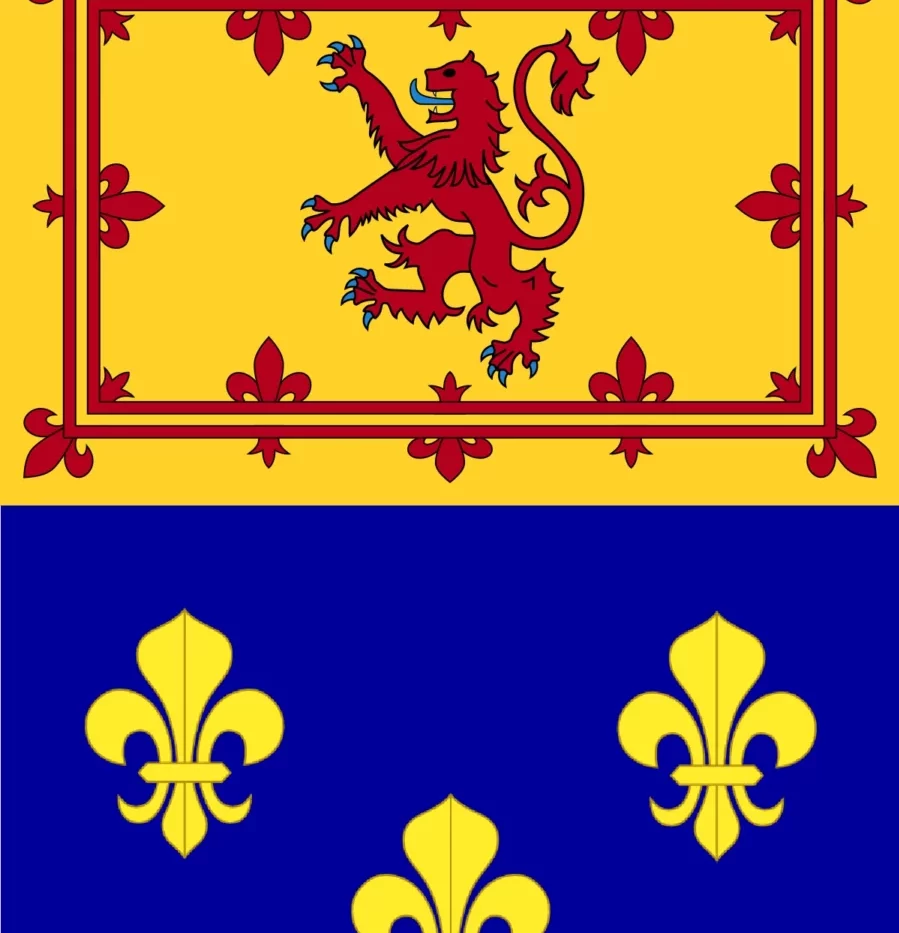
Yes, yes, this is outside the Tudor era – but it so impacted the sixteenth century and beyond that it deserves a mention.
The alliance between Scotland and France began with the Treaty of Paris signed by John Balliol and Philip IV of France in 1295 against Edward I of England. The terms of the treaty stipulated that if either country were attacked by England, the other country would invade English territory – and all the French and Scottish monarchs renewed it (except Louis XI of France, who ruled from 1461-1483). Because of that longevity, it became affectionately known as the “Auld Alliance” to the Scots, and the “Vieille Alliance” to the French. Perhaps to counterbalance this, a similar (though far less formal) understanding arose between England and Spain.
When Henry VII came to the English throne in 1483, he followed the standard English pattern and betrothed his son Arthur to Catherine of Aragon. But Henry was the kind of man who liked to cover his bases. He also had two daughters – one of whom (Margaret) he married to the Scottish King before he died, then the other of whom (Mary) was married by Henry VIII to the French King. The French marriage didn’t “take” – Mary Tudor became a widow after less than three months of marriage. But the Scottish marriage was foundational to the rest of the era, culminating in Margaret’s great grandson James uniting the crowns of Scotland and England after Elizabeth’s death.
***
If you like my posts, you’ll love my books! My Seymour Saga trilogy tells the gripping story of the short-lived dynasty that shaped the Tudor Era. Jane the Quene skews romantic, The Path to Somerset is pure Game of Thrones (without the dragons), and The Boy King is a noir coming-of-age. Get them now through Amazon, Barnes & Noble, Kobo, and Apple, or even your local independent bookstore!

(PS Already read them? Did you love them? Then please review them – even just a stars rating! It makes a huge difference in helping new readers find them and would mean the world to me!)

Be First to Comment